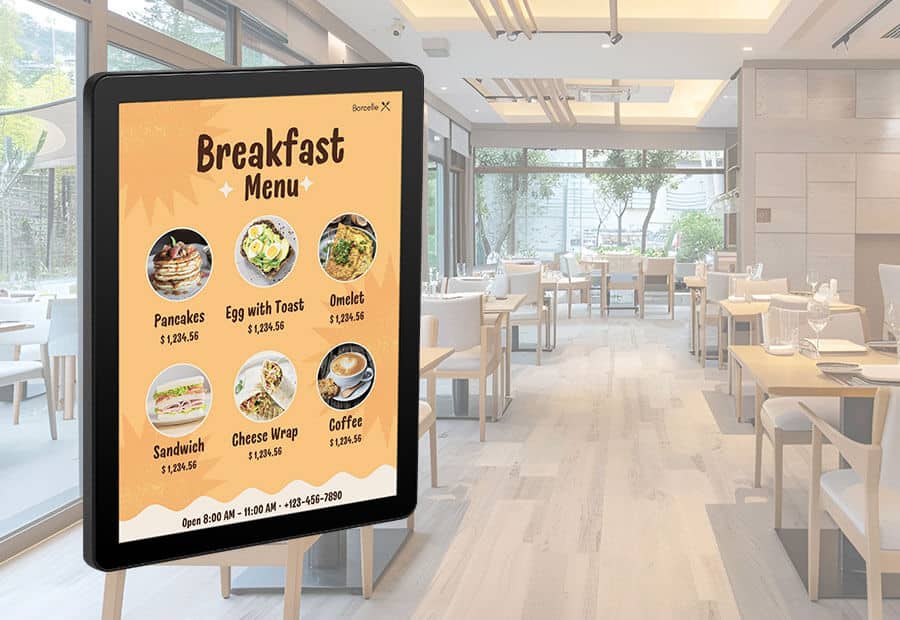Comparing Electronic Paper Displays with OLED and LED
Comparing Electronic Paper Displays with OLED and LED
Blog Article
Display engineering is now an integrated section of our daily lives, appearing in sets from smartphones and e-readers to large-scale promotion panels. Among the varied selection of E ink display, OLED (Organic Light-Emitting Diodes), and LED (Light-Emitting Diodes) have surfaced as some of the most generally discussed options. While every type serves its own special function, their variations in functions, efficiency, and use instances make sure they are ideal for specific applications. Let's have a sooner consider the important features of the display technologies.
Electronic Paper displays (ePaper)
Electronic Paper displays, also called ePaper or Electronic Ink displays, are designed to mimic the looks and readability of conventional Ink on paper. That technology uses tiny microcapsules containing priced dark and bright particles stopped in an obvious fluid. When an electric field is used, the contaminants proceed to either side of the pill, producing a visible image. The picture remains fixed till another electrical area is used, rendering it ideal for displaying text-based material such as books, magazines, and e-readers.

One of the major advantages of ePaper displays is their reduced energy consumption. Unlike traditional LCD
Understanding Electronic Paper displays
An electric Paper display (ePaper) mimics the appearance of Ink on paper. Unlike old-fashioned monitors, ePaper depends on its power to reflect normal gentle rather than emitting its own. This technology not only minimizes attention strain but additionally gives unmatched readability in sunshine, rendering it ideal for e-readers and electronic signage solutions.
One standout feature of ePaper displays is their incredibly low power consumption. Because they only use energy when changing material, ePaper screens are very effective and ideal for battery-powered devices. But, their renew charges are slower compared to OLED and LED displays, decreasing their applicability to fixed or minimally powerful content.
OLED displays
OLED displays are noted for their stunning aesthetic quality, providing vivid shades, deep blacks, and outstanding contrast. Each pixel within an OLED display produces its own gentle, reducing the requirement for a backlight. This not merely enables leaner, more lightweight designs but also effects in better power efficiency compared to LED in certain scenarios.
One essential advantage of OLED displays is their flexibility. They can be made in bent or foldable patterns, making them common in cutting-edge smartphones and wearable devices. Nevertheless, OLED monitors have challenges, such as for instance susceptibility to burn-in and shorter lifespans in comparison to other technologies.
LED displays
LED displays, the most typical of the three, depend on a backlit process to gentle their pixels. While not as visually impressive as OLED 13.3" epaper display, LEDs are highly durable, long-lasting, and cost-effective. These qualities make them suitable for a larger array of applications, including TVs, pc screens, and outside advertising.
LED displays on average perform properly when it comes to perfection, making them a good choice for settings with large surrounding light. Nevertheless, they fall short in reaching the same strong comparison and shade reliability as OLED technology.

Final Contrast
When deciding between ePaper, OLED, and LED displays, the decision depends largely on the intended purpose. For static content like reading or signage, ePaper excels having its low power consumption and large exposure in organic light. OLED shines in purposes wherever vivid shades and mobility are paramount. Meanwhile, LED remains a dependable and cost-efficient solution for a variety of general-purpose needs.
Each display technology provides anything distinctive to the desk, ensuring that there's a perfect selection for every situation. Understanding these differences can help people and companies produce knowledgeable conclusions that suit their certain display requirements. Report this page